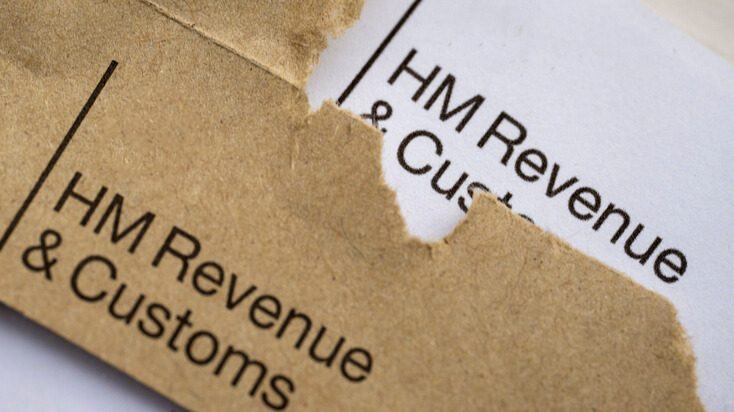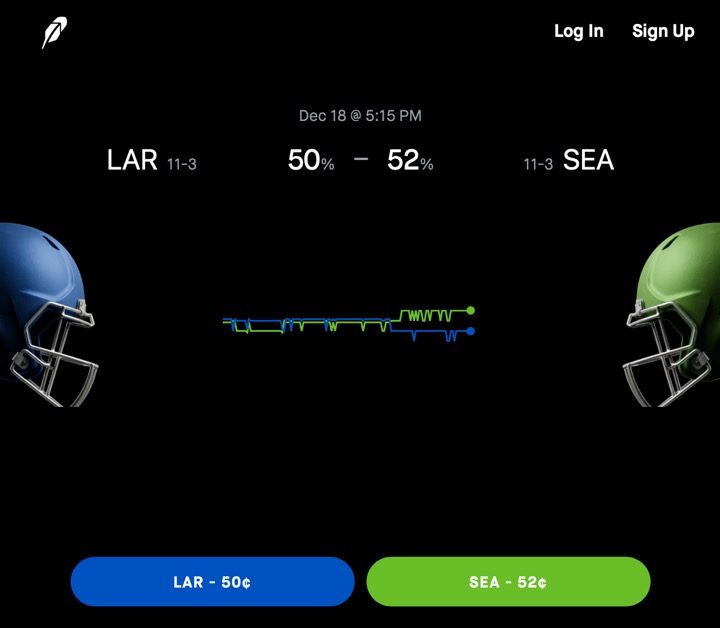Making Tax Digital (MTD) is the UK government’s flagship programme to make it easier for businesses and individuals to get their tax right. As you might guess from the name, it does this by legislating the digitalisation of tax data and its submission to HMRC. MTD for VAT is already in place, but Making Tax Digital for Income Tax is coming in from April 2026.
In this article, I answer questions that you may have around this, and what it means for your business finances.
What is Making Tax Digital for Income Tax?
Making Tax Digital for Income Tax is new legislation that changes how income tax is administered.
It affects self-employed individuals and landlords with gross income over certain levels as of the following dates:
- April 2026: If you have gross income over £50,000 in the 2024/25 tax year and subsequent threshold dates.
- April 2027: If you have gross income over £30,000 in the 2025/26 tax year and subsequent threshold dates.
- April 2028: if you have gross income over £20,000 in the 2026 to 2027 tax year and subsequent threshold dates.
Am I affected by MTD for Income Tax?
If you run your own business as an individual – so not through a limited company or a partnership – you’re classed as a sole trader. That means MTD for Income Tax could apply to you.
Examples typically include tradespeople and freelancers.
If you’re a private landlord of any kind and tell HMRC about your rental income via annual Self Assessment tax returns then, again, you could be affected.
Of course, if you’re both a sole trader and a landlord, then you could be affected.
In this case, both the sources of gross income are added together for the purposes of discovering if you’re included.
What are the MTD for Income Tax rules?
Here’s what MTD for Income Tax legally requires:
- Digital record keeping: Sole traders and landlords will be required by law to keep digital records of income and expenses using MTD-compatible software. Effectively, this means using modern cloud accounting software such as Sage Accounting.
- Quarterly updates: An update for each business you own must be submitted to HMRC via software every three months (by 7 August, 7 November, 7 February and 7 May). If you’re a sole trader with just one business, that will be four updates per tax year. But if you also let a property, for example, you’ll need another set of quarterly reports just for that income.
Quarterly reports will be largely automated by software.
- Digital tax return: By 31 January each year, you’ll need to submit an income tax return for the tax year, again via compatible software, as well as pay any tax that’s due. This is similar to the Self Assessment tax return and effectively replaces it.
What software does a sole trader need for MTD for Income Tax?
You’ll need to use MTD for Income Tax-compatible software to store digital records, send the required information every three months to HMRC, view HMRC’s estimate of the final tax liability, and submit your income tax return for each tax year.
Sage Accounting and the free Sage Accounting Individual are already fully MTD-compatible and HMRC-recognised.
With powerful AI in the form of Sage Copilot in Sage Accounting, not only will it make MTD easy, it will also revolutionise your accounting and give you time back for what matters.
If you use desktop software, you’ll need to ensure it’s updated in time. You may find some older software simply won’t be updated, so you might need to move to a newer package or software provider. Allow time for this to take place well ahead of the April 2026 implementation date.
Can a sole trader still handwrite or print invoices under MTD for Income Tax?
Yes, you can still create paperwork.
But the data either must already be in your digital accounting records (for example, you’re printing an invoice for posting out from within your accounting software), or you’ll need to transfer the details to your digital accounting records as soon as possible via data automation software such as AutoEntry.
Using a modern accounting software solution such as Sage Accounting will ensure your accounting records are being kept digitally.
Invoices can be issued via email, and include a ‘pay now’ button, to simply avoid the need for using paper at any stage. Your customers or clients can use Tap to Pay to make payments via their mobiles.
Can a sole trader opt-out of MTD for Income Tax?
No, MTD for Income Tax is not optional.
But it’s possible to apply to be digitally excluded if you have a good reason. Furthermore, some taxpayers such as those who don’t have a National Insurance number, or receive certain kinds of carer’s allowance, don’t have to use it. Examples of people in this position are likely to be rare, however, and the majority will have to follow the MTD for Income Tax rules.
Start preparing now
Don’t let MTD for Income Tax catch you by surprise in April 2026.
Start preparing now by ensuring you have the right accounting software, such as Sage Accounting, and give yourself time to adapt your accounting processes.
Disclaimer: This story is auto-aggregated by a computer program and has not been created or edited by finopulse.
Publisher: Source link








